NASA’s coverage of the total solar eclipse has been, it’s fair to say, excellent.
The space agency however took things to a whole new level when its official Moon account on Twitter decided to do this:
That’s right.
It should come as absolutely no shock to you that this has gone down an absolute storm with the internet many of whom reached out to congratulate NASA.
It’s highly unlikely anyone’s going to top this so for the sake of everyone it’s probably best to just sit back and enjoy the eclipse itself.
This is the first nationwide total solar eclipse to take place across the United States since 1918.
What is a total solar eclipse?
A total solar eclipse takes place when the Moon’s orbit places it directly between the Earth and the Sun.
This is different to a lunar eclipse which takes place when the Earth comes between the Sun and the Moon.

A solar eclipse creates two large shadows: The umbra and the penumbra.
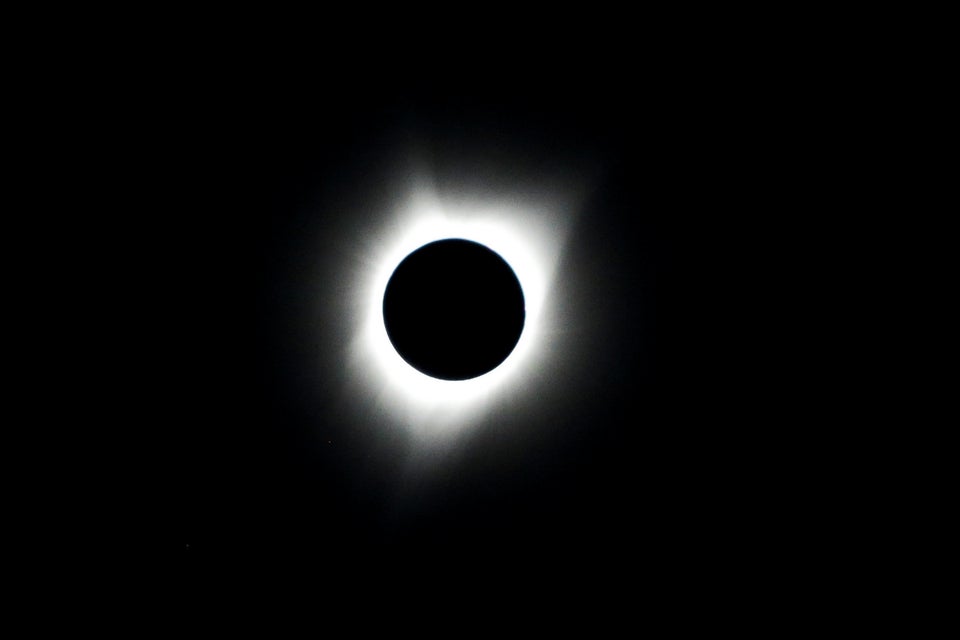
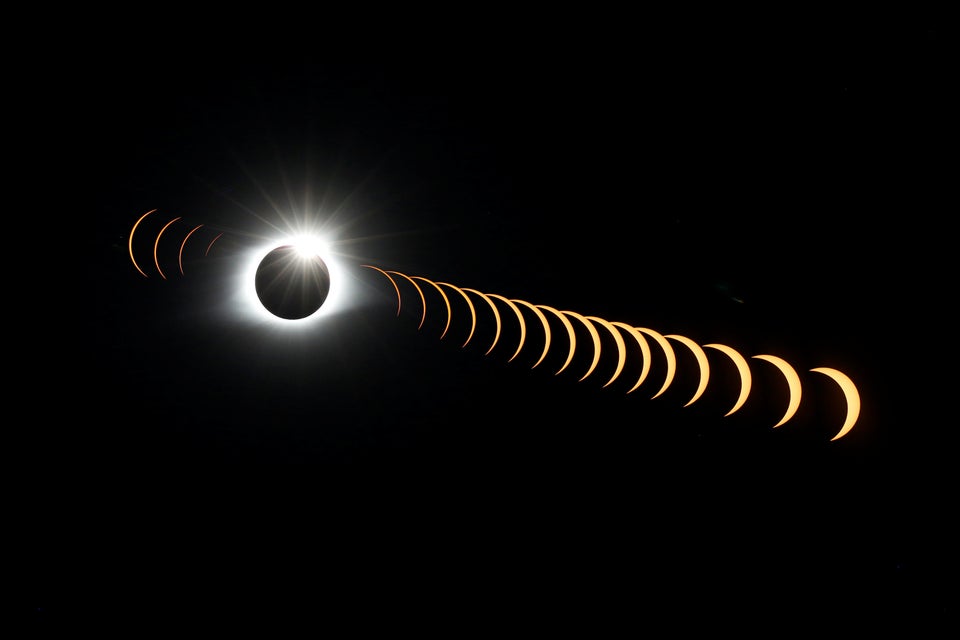
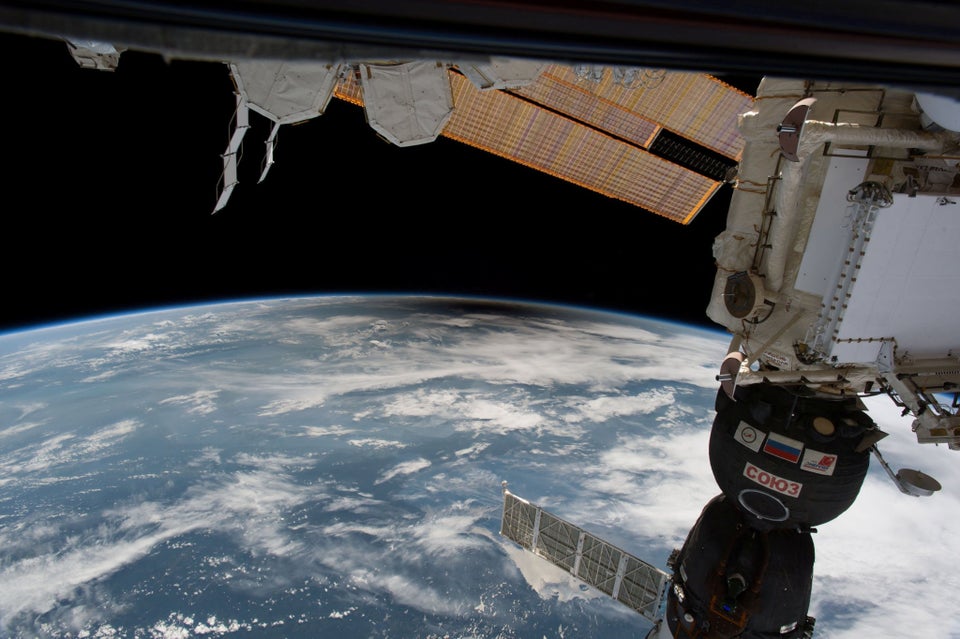
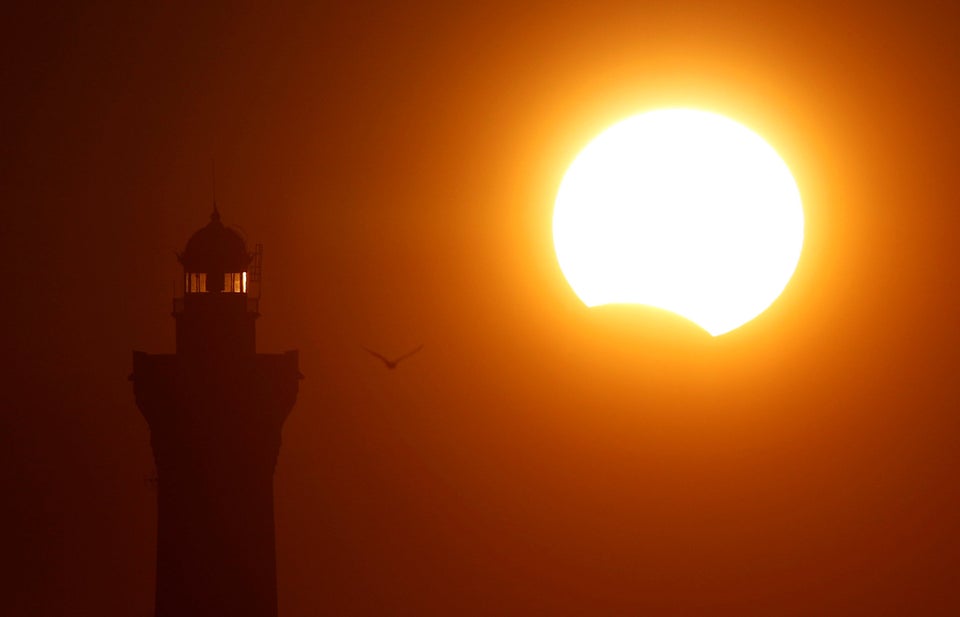
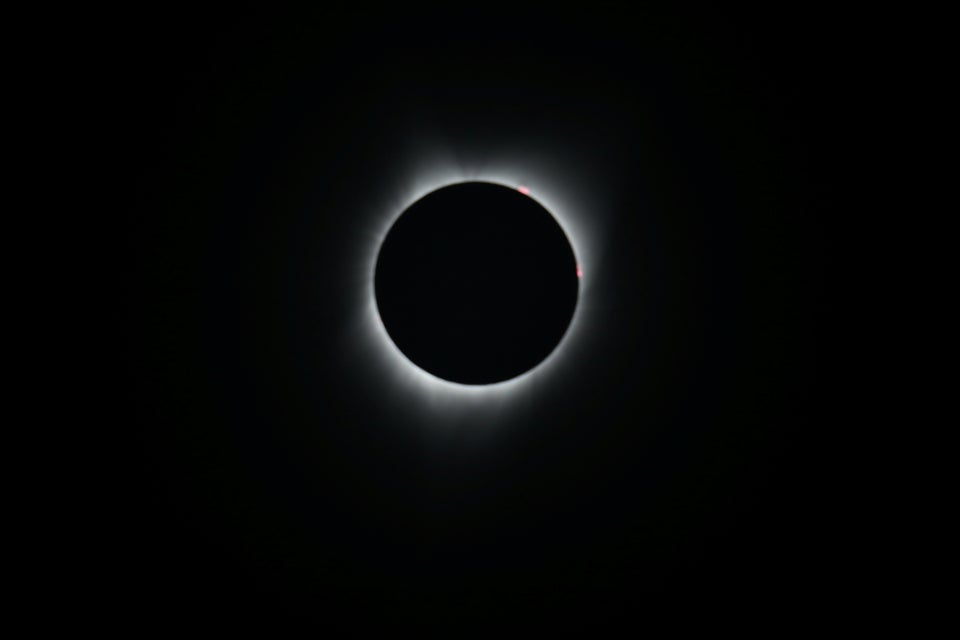
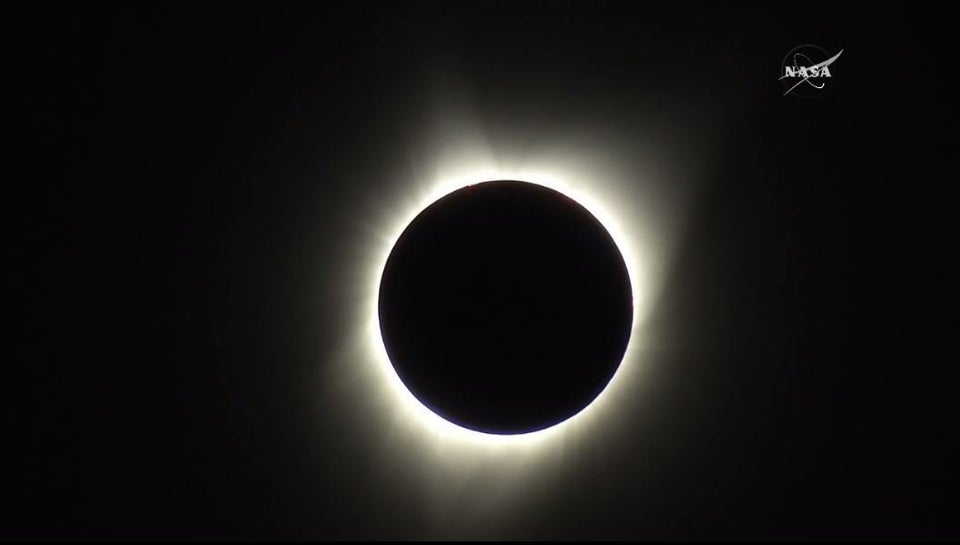
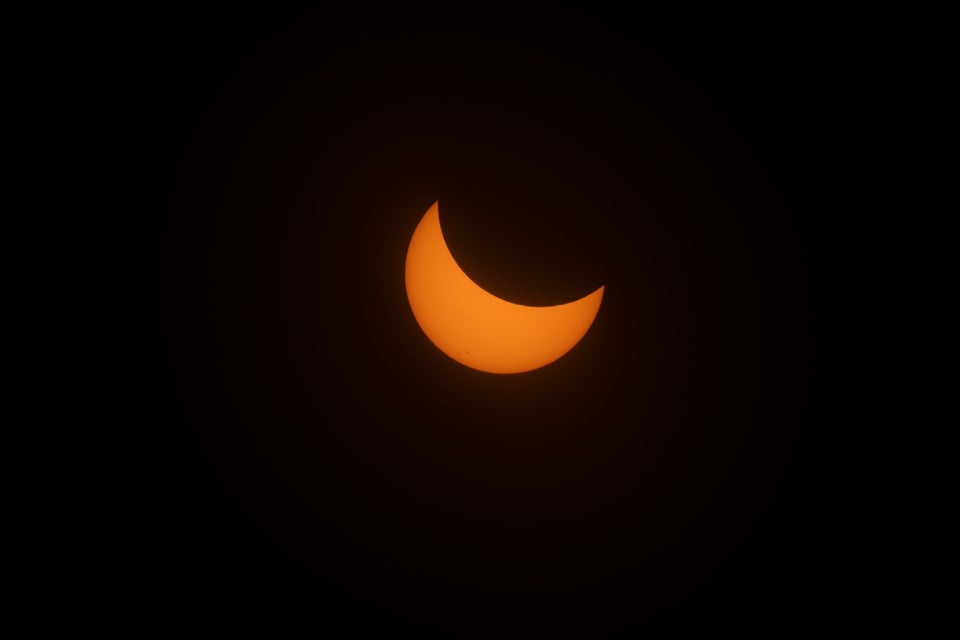
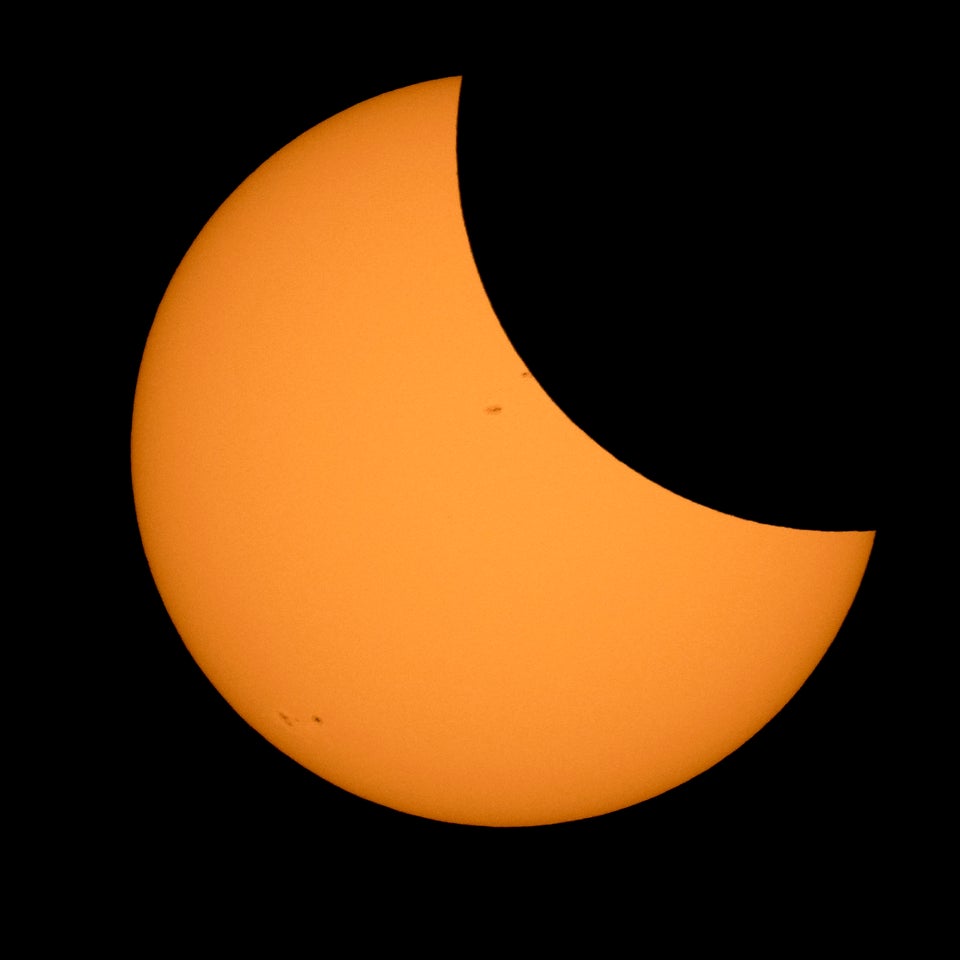
This is really cool! And the temperature feels like it is dropping!!! #Eclipse2017 10 minutes out!! pic.twitter.com/i3qhW3hWFH
— Gregory H. Johnson (@Astro_Box) August 21, 2017
